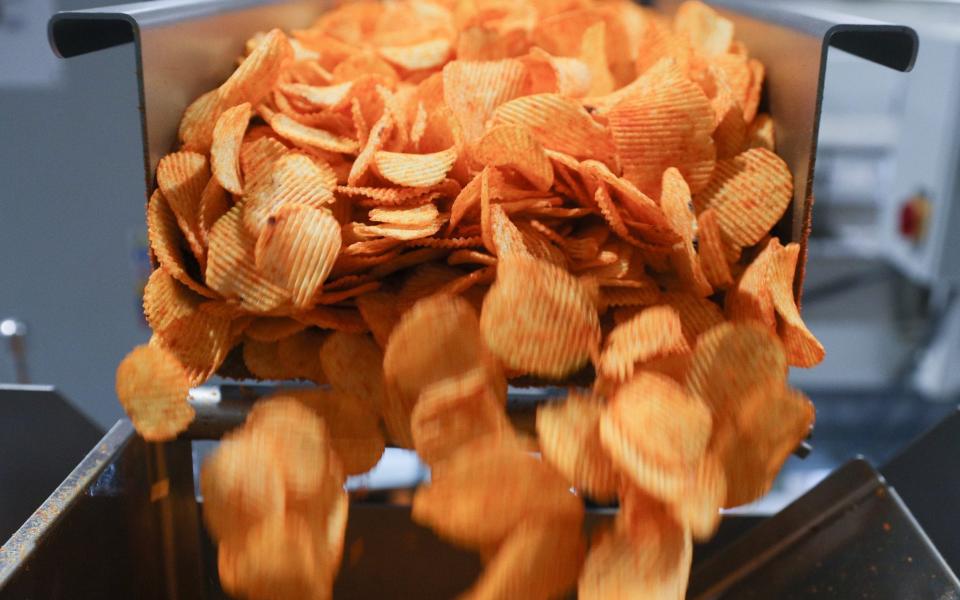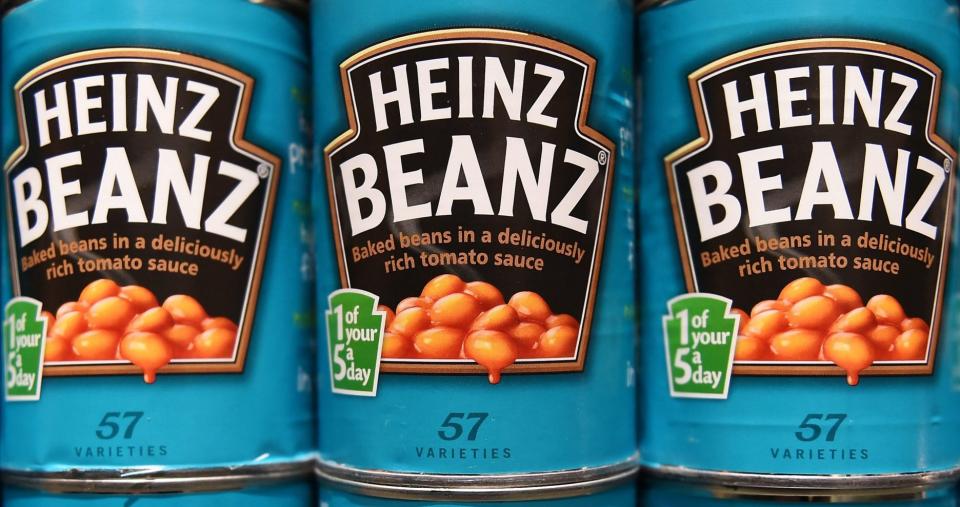Consumers brace for wave of ‘shrinkflation’ as products get smaller

When Walkers kicked off a marketing campaign on Twitter over the summer, trumpeting the fact that a packet of its French Fries crisps "really are 78 calories", the response was not quite what its executives had hoped.
"This is what happens when the packs get smaller and smaller," one user wrote back.
"There really was a meeting at Walkers HQ asking the question, 'How do we spin the ridiculous shrinkflation of our multipacks into a health thing?'" wrote another. Customers may have been poking fun at the company, but it was not too far from the truth.
Earlier this month, it emerged that Walkers Crisps was trimming down the size of its multipacks, cutting the number of bags inside from 24 to 22. One thing that did not change, though, was the £3.50 price tag – a prime example of so-called "shrinkflation", where businesses reduce the size of certain products but charge the same as before.
"To prevent people from trading down, companies will be adopting those types of tactics," says Clive Black, an analyst at Shore Capital. "It's a sign of inflation."
Costs have been going up for months as a string of global problems batter the food market.
The price of cereals and oil have all been pushing higher. The Food and Agriculture Organisation of the UN's Dairy Price index was up 1.5pc between August and September, while its sugar price index was 53.5pc above a year earlier.
Alongside this, companies are paying higher prices for energy, making production lines more expensive to run, while staff shortages are forcing up the wages of factory workers and HGV drivers.
Mark Schneider, the boss of Nestlé, has said that the company is facing pressure from all sides. The size of Nestlé products such as KitKats and Smarties had to "be on the table", he told The Sunday Times. Pricing is also something Nestlé will have to consider. "While we are hedged for a little bit of time, some of that will need to be rolled forward to the final pricing," Schneider said.
Others have already made their move. KP has now reduced the weight of a £2.50 bag of peanuts from 250g to 225g. Meanwhile, crisp prices rose by 5.4pc across the board in the four weeks to September 5, according to the data company Kantar.
Discretionary purchases such as crisps and chocolate are more at risk of shrinkflation, as customers might simply opt not to buy them if the prices rise.
However, the practice may spread if inflation stays high. Heinz Beanz maker Kraft Heinz said over the weekend that it is suffering from high ingredient prices.
It is far from the first time that shrinkflation has reared its head. Mondelez infamously reduced the weight of Toblerone bars from 200g to 150g in 2016, later reversing the move after a backlash from customers.
A study from the Office for National Statistics in 2019 found that more than 200 products, mostly in the food and drink industry, had been affected by shrinkflation between 2015 and 2017. In just over two thirds of cases, the price stayed the same. In almost 15pc of cases, the price increased.
Mark Jones, a food-and-drink expert at Gordons law firm, says the phenomenon "came about because there was increased pressure on prices in the grocery market, packaged food businesses were having a difficult time in growing their volumes and consumers were more sensitive to prices". Jones says that there are similar pressures now.

Before Covid hit, many consumers were turning to more non-branded products and trading down to get better value. All this had been driving huge sales upticks at the likes of Aldi and Lidl, which have more own-brand goods, whereas some of the larger food manufacturers had struggled to generate growth.
"But then we got to 2020 and Nestlé reported its highest organic growth in five years," says Jones. "I think all these companies saw their heydays during Covid-19 because we were all very comfortable to reach for safe branded products, packaged food, and long shelf life." Now, as Covid restrictions ease, more people are returning to normal shopping patterns.
Shrinkflation may be a subject which causes frustration among customers – with a third of us saying they stopped buying a product altogether after it got smaller – but, experts say, consumer favourites may get smaller without their fans even noticing.
"It does come down to the degree of price recognition that people have for certain foods," says Black.
"Sometimes, people wouldn't notice the prices going up or not. I think I'm in a reasonably sized club that thinks Mars bars used to be much bigger, digestive biscuits used to be much bigger, so the room for shrinkflation might be less than some might think."

 Yahoo Finance
Yahoo Finance 